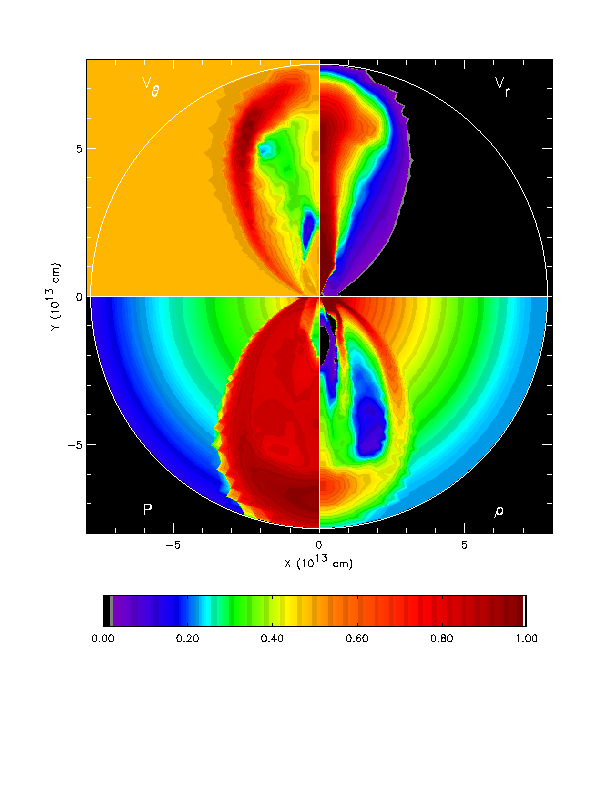Foursquare-adj
1. Having four equal sides and four right angles; square.
2. Marked by firm, unwavering conviction or expression; forthright: a foursquare refusal to yield.
I thought to define the nature of foursquare by definition. It was not very easy to find such a definition as to what was thought in my mind a relation to the ancient notion I have of earth. Definitively expressed, and coordinated into a frame.
To see such a relation to the operation of the "endocrinology of the human body" in such a form would be to steer the modern day notion of such a framework, to deal with what Antonio Dammasio might have call a "powerful metaphor for consciousness, for the birth of the knowing mind."1." A stepping onto the stage under the light, or "being born" into the world.
Such use of nature would not be unseen in this relation to think "the leaf" has this quality about it in relation to the sun, or the bee, can have such an affect on those around them by such releases of the hormone.

15th Century Manuscript by Bartholomeus Anglicus, on the Property of Things
On the Property of Things
The work was written for the use of students and the general public, in Latin in 19 books at the school of Magdeburg in Saxonia[4]. A number of copies exist both in manuscript and in printed form. Bartholomew carefully notes the sources for the material included, although, at present, it is sometimes impossible to identify or locate some of them. His annotations give a good idea of the wide variety of works available to a medieval scholar.
The subjects of the books, in order, are God, angels (including demons), the human mind or soul, physiology, of ages (family and domestic life), medicine, the universe and celestial bodies, time, form and matter (elements), air and its forms, water and its forms, earth and its forms including geography, gems, minerals and metals, animals, and color, odor, taste and liquids.
While I cannot say I have ever read these manuscripts, it was insightful that one could see the preceding idea here about "all knowledge" that one might contain in book form to explain the nature of reality as it was known at that time, became the forerunner of Encyclopedia as we know it today.
Some of the ideas I have about this come from my many journeys into books I have read over the years. Some of us are indeed nostalgic about what we can hold in our hands versus the newer technologies that have supplanted the book. How it connects us to it's subject and it's author.
Change, is hard thing to overcome when it comes to adapting to new technology and how we have always done things. But as the "ole dinosaurs of comfort" and the less likely to adapt to new circumstance, the challenge is then to see how the world in Wikipedia and the Librarian sought to reference information that we assume now quite easily, as we reference by linking, and using the source as information.
It is strange as well that while setting the framework for presenting these ideas I have develop and encountered, helped to set my mind on how I see the world. How it is "shaped" by "very simple identifications" to such objects that I have assigned a reality, according to that schematic embedded as a geometry mind mapped and expressed.
It is so diverse the subject of the human being that to identify all the abilities of the human being in such an expression is beyond the scope and intention of this entry, that regardless, I thought to reveal what it is in the most "innate of us" as we express ourselves in our daily encounters.
Mind Matters
This is a definitive expression then of all the likely avenues one might take and this leads one to think a certain way and this in itself forms the basis of exchange with the world around us and the people we are involved in. Our empathetic relation based on formative ideas about our experiences and the emotive content that has been injected into the matter defined world as a set process for the mind and it's ultimate realization of what consciousness plays, as we set firm this relation.
You can be from another country and philosophy as being instrumental in this explanation, by be explicative of the way you lived, and the way the world was experienced around you. Thus to such an experience may be set to mind that such formation of these matters might be define in by the weight with which we assign density in the form of elemental relation in thought and how firm this definition is in relation to such mind matters.
So with such inclination to the possibility of what consciousness can become what value then to see that such mater defined in mind might play an importance in the way we see the world and the way the world responds, to such a "spirit of kind" that it be "more gross in it's manifestation" and held to the evolutionary aspects of the body formed, that it could ever be more then what we might think it really is?
Shall we have no hope then that the spirit is of kind in consciousness nothing more then the animal , that one sought to express the spirit more in conscious, then that we thought so gross? That such an ability in consciousness can ever see such changes that the earth formed can not have it's finer elements to say, that the world is defined by the nature of these elementals, and nothing more?
1The Feeling of what Happens, by Antonio Damasio, Chapter one.






































